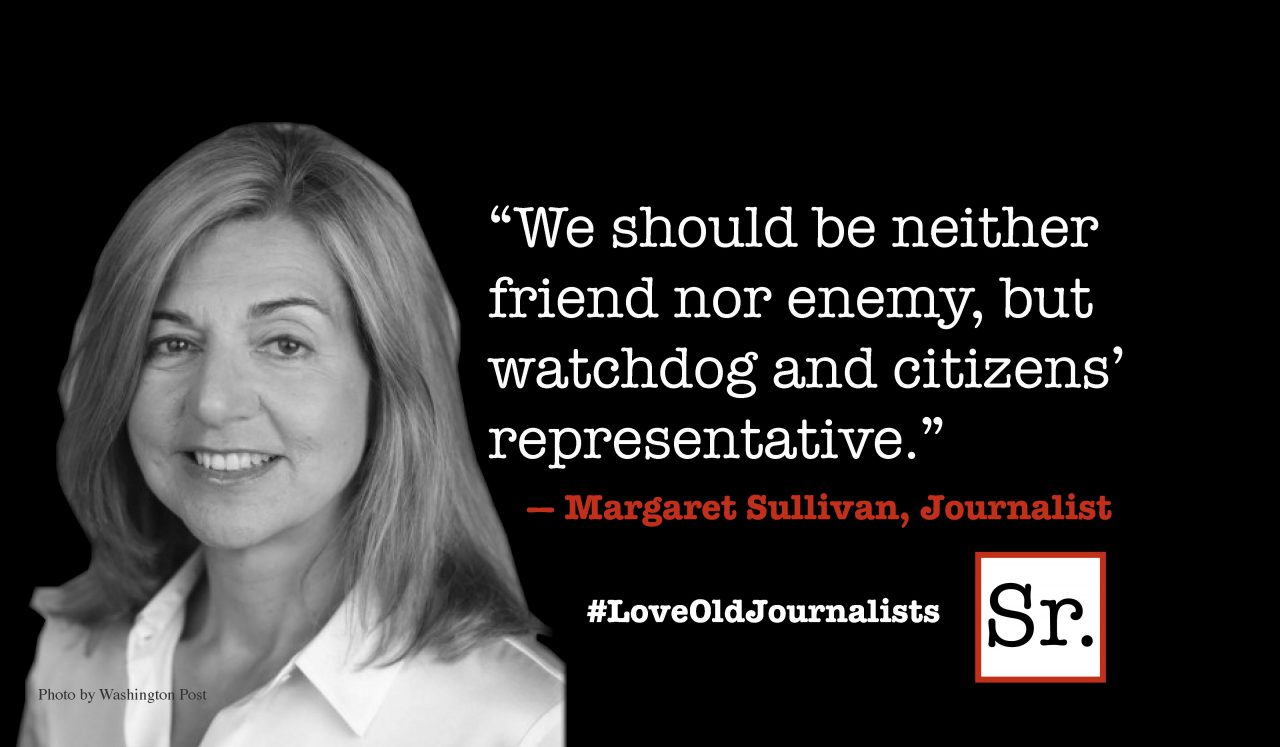Confused about the welter of ‘social media’ options available online today? It’s no surprise. Between Facebook, Twitter, Flickr, YouTube and more, how do we decide what to look at, and filter the result to find something worthwhile? What we need are the tools to pull the chatter of countless users together so we can extract the occasional nugget and lose the rest. That’s what a new service called Storify sets out to do (www.storify.com). It allows anyone to cull social media content to create and edit news stories around the theme of their choice.
Storify highlights the fact that what is often referred to as ‘Web 2.0’ — the current generation of the Internet — is focused not on major publishers offering content vetted by editors but on small snippets of content generated by average people. Spot someone talking about Web 2.0 and you’ll encounter the term ‘data curation.’ It’s a way of saying that the new Web tries to create content by aggregation, the theory being that huge numbers of tiny posts, like Twitter’s ‘tweets,’ offer a different, edgier view of a subject than you’d get from the big media players. And as you'll see, Storify goes beyond this trend into new territory, melding the old editing function of the early Web with the input of social media users, thus giving the latter coherency."
If someone will take the time to go through the fire-hose of incoming content from millions of Facebook and Twitter users, not to mention all those blogs, then he or she could assemble a view of a breaking news story based on what people on the scene are seeing and saying, not just journalists. Anyone can get a quick tweet out from a smartphone or laptop these days if they happen to see something important, and it’s also easy to snap a photo and upload it to TwitPic, which is a way of sending photographs through the Twitter universe. It’s not CNN, but it’s not meant to be. It’s meant to be eyewitness accounting of stories that are happening right now.
Storify is a tool that makes this possible. A case in point: Being from St. Louis, I’ve been interested in following the recent flooding in the town of Poplar Bluff, just south of the city. A Twitter search pulled up a number of ‘tweets’ from people who knew something about it, some of them eyewitnesses to the flooding, and many of these tweets were less than an hour old. TwitPic showed me photos these people had taken, and Facebook offered posts from people who lived near the scene. I could have searched all three sites for this material, but Storify’s interface made it easy to pull up content from many different social Web sites in one place.
At this point, Storify becomes a publishing tool. To use it, I sift through what my searches find and simply drag and drop tweets or Facebook posts — or videos, or photos, or Google search results — into the right-hand column of the interface. I can inject my own writing between any of these posts, so that I am creating a ‘curated’ version of the story. I can either publish my resulting page on the Storify site or use its code to render it as a Web page on my own site.
A number of news services, including the Washington Post, National Public Radio, the New York Times, the BBC, have embedded stories developed with Storify’s tools on their own sites. But don’t rule out being a publisher yourself. When you’re not after news from elsewhere, think of the possibilities of aggregating this kind of content for things like weddings, graduations, reunions, with photos from various guests, videos, Facebook comments and more.
You can build a kind of enhanced album around the topic of your choice, in which all your guests have the opportunity to have their impressions of the event recorded for posterity. Ingenious. As Web 2.0 promised, we’re in an era when small items are assembled and made into meaningful content. The question for Storify is, can the company find a way to make money from all this?








